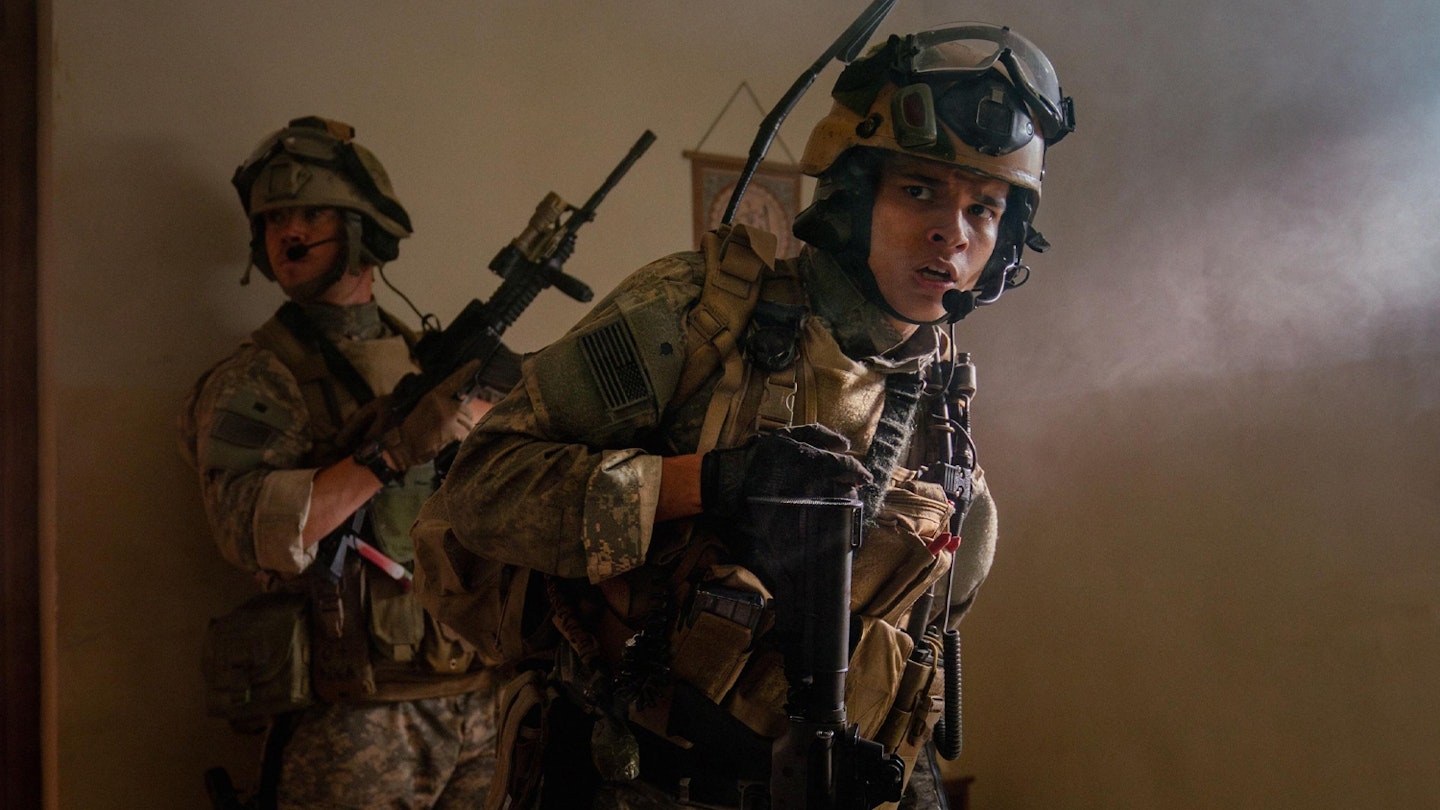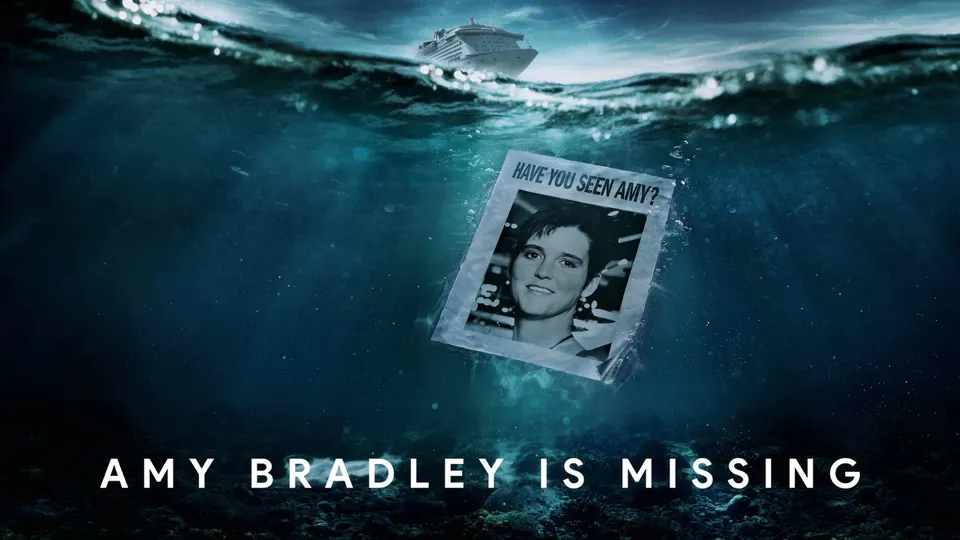Warfare (2025): A Visceral Glimpse Into Modern Combat
Warfare (2025), co-directed by Ray Mendoza and Alex Garland, is a bold and unflinching portrayal of modern warfare, based on a real-life Navy SEAL mission during the 2006 Battle of Ramadi. The film stands apart from typical war dramas by offering a near-documentary-level realism that plunges the viewer into the chaos, confusion, and claustrophobia of combat without the filter of traditional cinematic storytelling. Rather than focusing on glorified action or patriotism, Warfare strives to capture the psychological intensity of a mission gone wrong, largely from the ground-level perspective of the soldiers involved.
At its core, the story follows a platoon of Navy SEALs tasked with occupying a civilian home in a volatile part of Ramadi. Their mission, meant to provide surveillance and support, quickly deteriorates into a life-or-death standoff as enemy fighters begin an ambush. The film unfolds in real time, with the team forced to make split-second decisions as they face relentless grenade attacks, improvised explosive devices, and brutal close-quarters fighting. There are no grand speeches or heroic set-pieces—just survival, instinct, and the raw human experience of war.

What makes Warfare particularly compelling is its attention to realism. The cast, which includes D’Pharaoh Woon-A-Tai, Will Poulter, Joseph Quinn, Cosmo Jarvis, Kit Connor, Charles Melton, and Michael Gandolfini, underwent a grueling Navy SEAL boot camp before filming. This preparation translates on screen into authentic movement, behavior, and tactical communication. The film was shot in sequence, with practical effects and extended takes that further immerse the audience. Rather than traditional background scores or emotional cues, the sound design features realistic radio chatter, the disorienting noise of gunfire, and heavy silences that mirror the adrenaline and fear of combat.
Visually, Warfare embraces grit and darkness. Most of the scenes are shot in confined, dimly lit interiors, enhancing the atmosphere of uncertainty. The handheld camera work and minimalistic lighting evoke a documentary feel, pushing viewers into the mental and emotional space of the characters. There’s little exposition and almost no personal backstories; the soldiers are intentionally kept anonymous and fragmented, much like how trauma often erases the details in real memory.

The film has received praise for its intensity, authenticity, and refusal to sanitize the experience of war. Critics have called it one of the most realistic portrayals of combat in recent memory. However, some have raised concerns about its limited perspective. By focusing solely on the American side of the conflict and omitting Iraqi civilian narratives or broader political context, Warfare risks becoming emotionally insular and narrowly framed. That said, this appears to be a conscious creative choice. Rather than attempting to deliver a sweeping commentary on the Iraq War, the film remains locked within the mental and physical chaos of a single mission.
In conclusion, Warfare is a powerful and deeply affecting war film that trades spectacle for psychological realism. It may not satisfy audiences looking for a conventional plot or emotional arc, but for those seeking an unfiltered glimpse into the brutal immediacy of combat, it stands as a haunting and unforgettable cinematic achievement.



